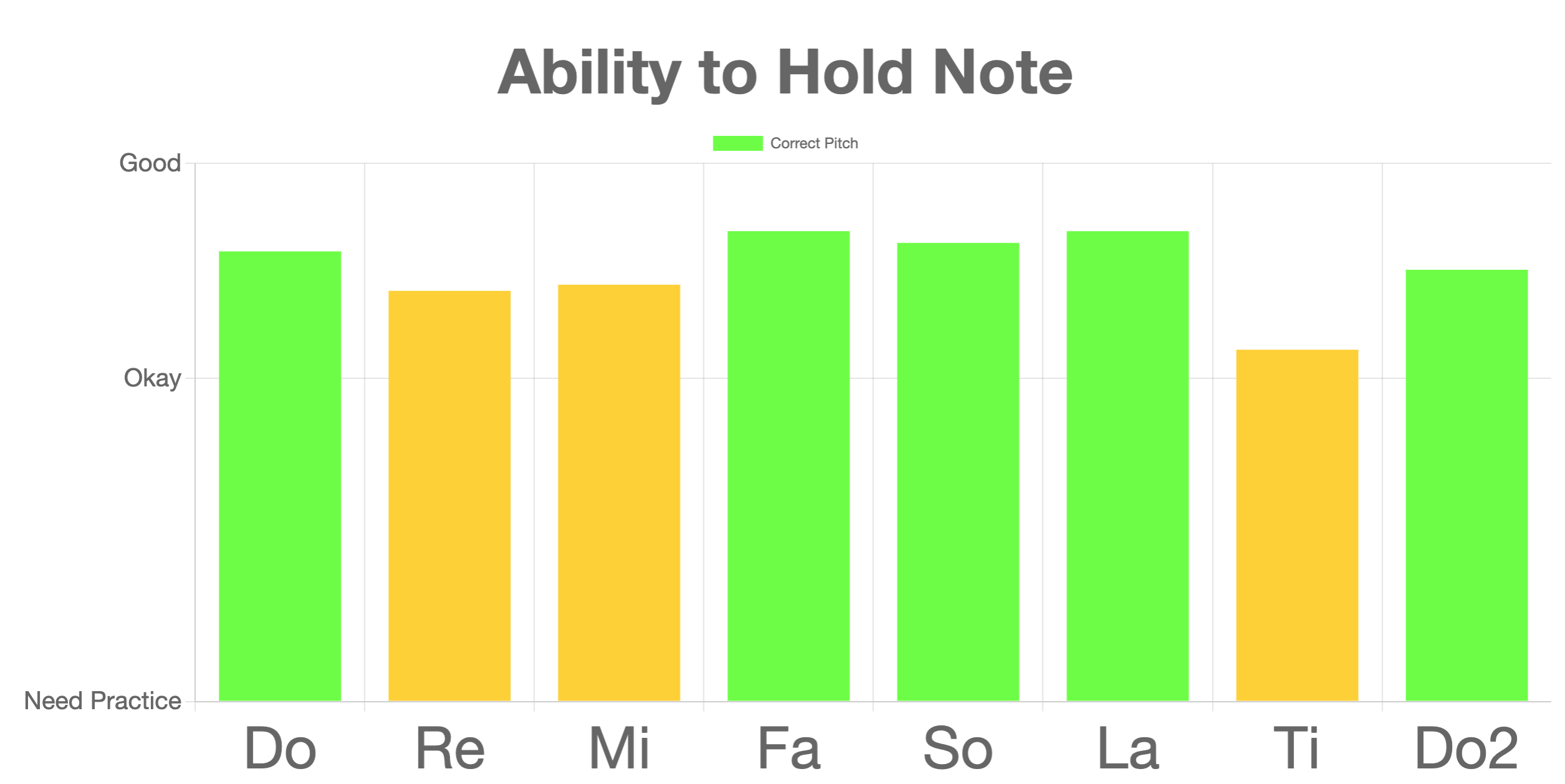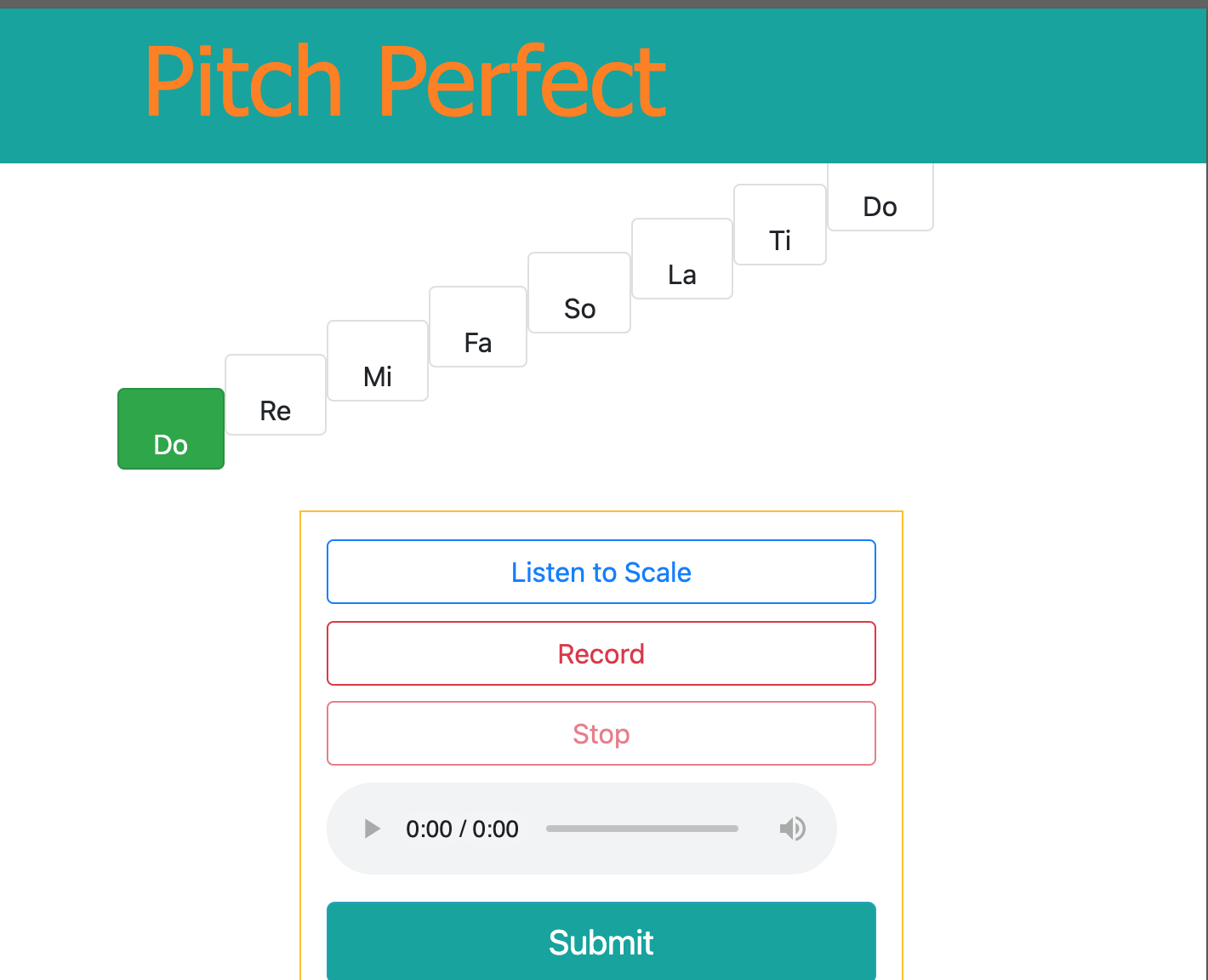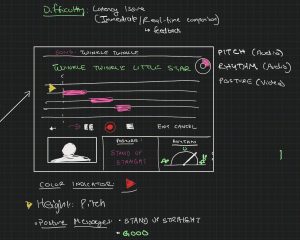This past week, our team was able to successfully integrate the user interface with the pitch detection and clap detection algorithms and the web application now displays and stores feedback for pitch and rhythm to a user’s audio recording. Therefore, we no longer have any potential risks in integration. However before this upcoming Monday, the only risk we face is not being able to deploy our web application with the EC2 Instance. We tried to deploy more than once on the EC2 Instance using amazon S3 for storage, however, the web application is unresponsive at the public IP address on HTTP/HTTPS ports. We are currently still trying to make this deployment work, but our risk mitigation is to deploy on an 8000 port since that seems to be loading the web application on the EC2 instance. However we need to also use SSL for this option in order to get the audio recording functionality working. Furthermore, another risk mitigation, will be to use SQL for database storage instead S3 since using S3 with the EC2 Instance is not as straightforward to deploy as is SQL. This will mean that there could potentially be design change for our product. No other parts of the design will be affected, the database storage will be the only thing that is replaced. Until Monday, we will be attempting to get deployment to work, working on the poster, the demo video, and making some User Interface refinements. Our schedule remains the same. Below are some pictures of the integrated feedback for the exercises.













